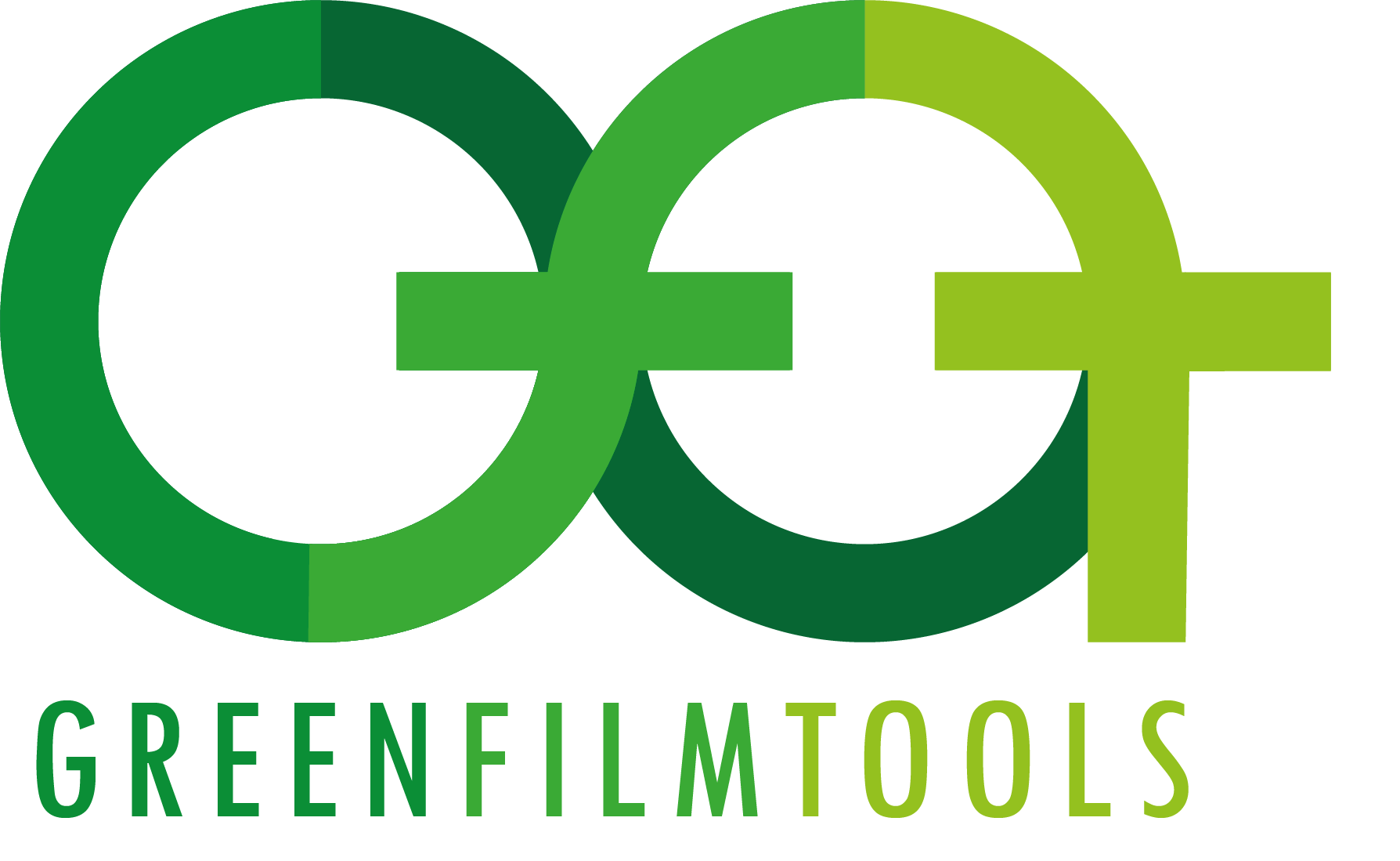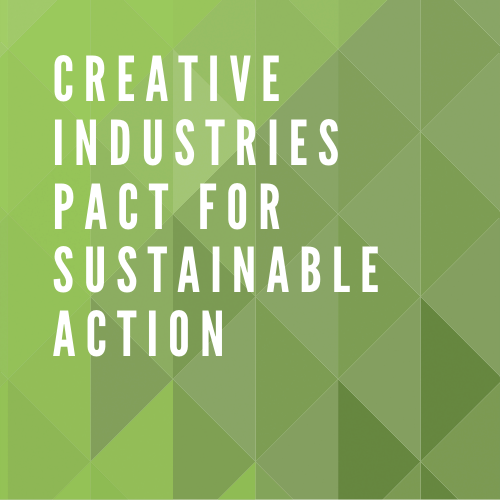Have people opt-in for printed call sheets
Let's assume your production has 60 crew members. Your typical call sheet may be around 3 pages. For a 35 days production this sums up to 6.300 pages of paper or roughly 31kg (68lb). For a 200 people crew and 55 shooting days this already increases to 33.000 pages and 165kg (364lb) of paper. If you also print risk assessments and other extra information these numbers can quickly double while being easily avoidable.
Instead of printing all those pages let your crew know why you decided against it and give them an option to opt-in - instead of out - if their position requires a physically printed version.
Data used for the calculations:
- Paper format = DIN A4
- Paper strength = 80 g/qm
Get rid of plastic bottles, disposable cups and dishes
Plastic bottles are a big problem on film sets. Crew members take one, drink a few sips, place it somewhere to continue working and then don't remember which bottle was theirs. The result? They take a new one, leaving the location department with dozens of almost full bottles for disposal. This is not only very costly, it is a nightmare for the environment.
The same applies for disposable cups and dishes. They are used, discarded immediately and thus produce an enormous amount of waste that is hard to recycle due to contamination and again also produces high costs.
A possible solution can be giving ever crew member a durable cup or bottle they can clip to their belt and reuse for the whole production. Even better ask your crew beforehand if they need one or might already have one from a previous production. Provide tap water in areas where it is available and safe to drink. If you provide bottled water, choose reusable glass bottles and make them easily available so people can fill their own cups and bottles with them. Source water filled locally that does not have to be transported very far.
Make use of organic regional and seasonal foods - reduce meat
Regional and seasonal foods have many advantages. They do not have to be transported over long distances and thus save a lot of CO₂, which would otherwise be released during transport. They support local agriculture and are fresher because they do not have to be harvested prematurely and instead end up directly in the hands of the consumer without much detour. This often makes them tastier and healthier as well.
Way too often the vegetarian and vegan menu feel like a second-class option. It's the same dish, but the meat has been replaced by tofu, for instance. Meatless dishes can be very nutritious, healthy and incredibly delicious. If the vegetarian dish is regarded as an independent and first-class option by the catering provider, one quickly notices that even non-vegetarians increasingly choose it, even if meat is offered as well. Once you have arrived at this point, you can completely omit meat on individual days without any major complaints. Especially if you simultaneously educate your crew about the reasons behind this decision.
Eliminate idling of cars and generators
In the US over 14 million liters (3.8 million gallons) of fuel are wasted everday by idling. You should therefore enforce a strict no idling policy for your production. Use vehicles with automatic start/stop systems, turn off unused generators and replace those that are oversized for the current load. Whenever possible, favor the local power grid over a generator for electricity.
Source:
Educate your crew and team members - inspire them to talk about it
When it comes to this issue it is vital that everyone is on board. Start conversations about how to be greener, incorporate the topic into your daily safety meetings and help people realize the importance of treating our planet better. It does not help if you are fully aware of this but your team is not. So inspire them to come up with their own ideas and when they do support them. Ideally, appoint a responsible person to whom people can turn in matters concerning climate protection. The goal must be that every member of your team thinks about the ecological consequences of their actions and knows how important it is to do the right thing.
Improve your office
A good deal of film production takes place in offices. From coming up with ideas in one's home office to the development and financing by producers, as well as the similarly office-based production process. As such, pan-industry topics such as green offices in sustainable buildings are hugely important in our industry as well.
Some of the things you should think about are:
- Electricity and heating from renewable energies
- Mechanical cooling and sun protection
- Drinkable tap water
- Waste separation
- Multifunctional & writable walls
- Flexible furnishings & low-emission interior design
Then check which purchases you can make in a sustainable way - used, fair trade, environmentally friendly. Which work processes can be optimized with regard to their resource and financial efficiency (e.g. printing on both sides of recycled paper) on the one hand and with regard to employee satisfaction (e.g. ergonomics, exercise, catering) on the other.
Don't stop here!
To be clear: Doing the 10 things mentioned on this site can be a good start but they are nowhere near enough! In order for your film or show to be ecologically sustainable it is vital to calculate it's unique footprint before the production begins and then develop a plan on how exactly this footprint can be minimized.



